
Written by Daniël
Edited on
10 July 2025
·
07:47
What's the difference between WiFi 6, WiFi 6E, and WiFi 7?
Routers have many complicated specifications. That's what makes it more difficult to choose the perfect router. We use WiFi standards to make it more easy. These standards indicate that a WiFi 6E router is faster than a WiFi 6 router, and that a WiFi 7 router is even faster. In this article, we'll explain the differences between these 3 standards. That way, you'll know which standard suits you.
Comparison WiFi 6, WiFi 6E, and WiFi 7
| WiFi 6 | Wifi 6E | WiFi 7 | |
|---|---|---|---|
| Frequencies | 2.4 or 5GHz | 2.4, 5, or 6GHz | 2.4, 5, and 6GHz at the same time |
| Maximum bandwidth | 160MHz | 160MHz | 320MHz |
| Maximum total speed | 9.6Gbps | 9.6Gbps | 46Gbps |
| Data per package | 1024 characters | 1024 characters | 4096 characters |
| Resource units | 1 type of RU | 1 type of RU | More types of RU |
Frequencies
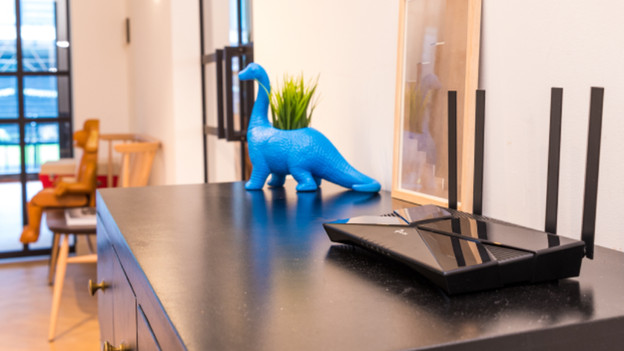
WiFi 6: 2.4GHz or 5GHz
WiFi 6 routers use 2 frequencies. The 2.4GHz frequency has a low speed and large range. You can connect smart home products or printers to this, for example. The 5GHz bandwidth is mostly used by computers and smartphones. The frequency is faster, but becomes slower if you connect more devices.

WiFi 6E: 2.4GHz, 5GHz, or 6GHz
The only difference between WiFi 6 and WiFi 6E is the extra 6GHz frequency. This is an even faster bandwidth with a smaller range. As a result, devices near your router or mesh station can go online extra fast. And since your connect some of the demanding devices via the 6GHz bandwidth, the 5GHz bandwidth isn't as crowded.
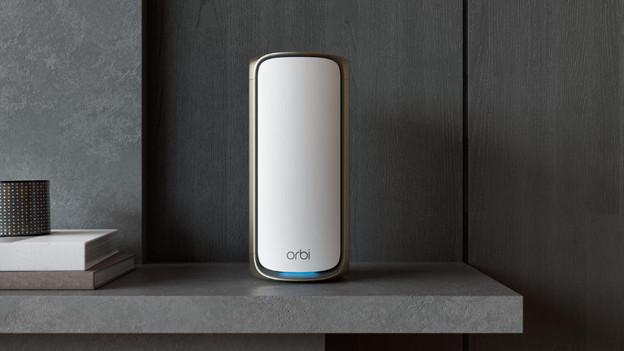
WiFi 7: all frequencies at the same time
Routers with the WiFi 7 standard use all frequencies at the same time. For example, your desktop is connected to both the 6GHz and 5GHz bandwidth at the same time. This function is called multi-link operation. Thanks to this function, you can get higher internet speeds and the connection is extra stable for every device.
Maximum bandwidth and speed
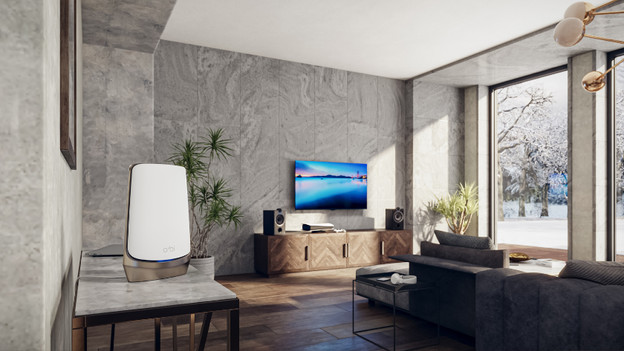
WiFi 6: 160MHz with 9.6Gbps speed
WiFi 6 routers use bandwidths of up to 160MHz. That's why these routers use the entire 5GHz bandwidth. WiFi 6E routers don't fully use the 6GHz bandwidth yet. As a result, the maximum total speed remains 9.6Gbps. This speed is divided over all frequencies. That's why the highest speed per device is lower, namely 4.8Gbps.

WiFi 7: 320MHz with 46Gbps speed
The bandwidth of WiFi 7 routers is twice as large as that of WiFi 6 routers. With 320MHz, routers near your router or station can reach speeds of 46Gbps. The routers still use all the smaller bandwidths in addition. WiFi 7 routers use these bandwidths via all frequencies at the same time. As a result, the highest possible speed per devices remains 46Gbps.
Data per package

WiFi 6: 1024 QAM
Your router sends data in groups of bits. WiFi 6 routers send 1024 characters or 10 bit per data package. WiFi 5 routers use packages with 8 bit and 256 characters. That's why data is transferred about 4 times as fast. The disadvantage of more data per package is that it can go wrong when packing up your data. Your router needs a good processor to do this, but this can still cause errors. That's why the speed isn't always 4 times as fast.
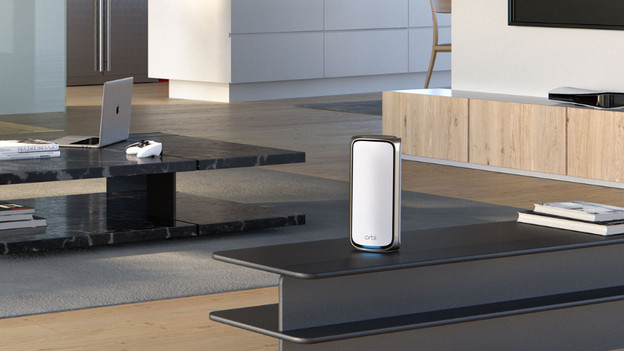
WiFi 7: 4096 QAM
WiFi 7 routers send packages of 4096 characters. They use 12 bit per package for this. As a result, the newest routers can reach speeds up to 8900Mbps on the 5GHz bandwidth. WiFi 6 routers can get to a maximum of 4800Mbps via this bandwidth. With WiFi 7 routers, the speed per device is still much higher.
Resource units
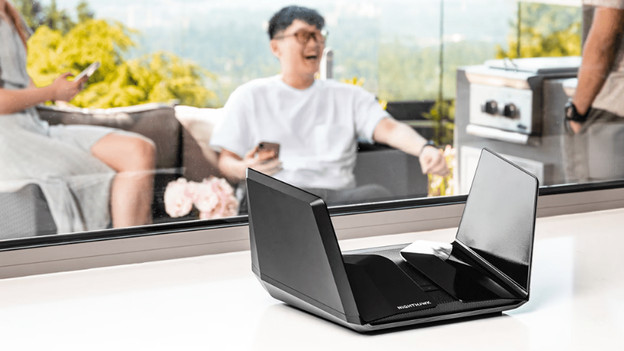
WiFi 6: OFDMA with 1 type of RU
Thanks to OFDMA, routers transfer data for multiple devices via 1 frequency band. WiFi 6 routers do this via 1 type of resource unit, or RU. The WiFi units of WiFi 6 routers all have a bandwidth of 78kHz. If one of these bands experiences interference due to an obstacle or other internet connection, the frequency band stops. As a result, the router has a smaller range and the connection is less stable.

WiFi 7: OFDMA with more types of RU
The frequency bands of WiFi 7 routers split in multiple types of resource units. Your router determines how large a band can be without experiencing interference. If part of an RU no longer works, your router doesn't send data via this part of the band anymore. The rest of the band still works. Thanks to this, your internet will never fail without reason anymore. The range of your router is larger too, because walls won't cause as much interference.
Conclusion
WiFi 6 routers ensure a stable network, as long as you don't have too many devices. Do you have a couple of devices that use a lot of data? Choose a WiFi 6E router and put it near these computers or machines. Do you want to have the fastest network with the largest range, or do you use a lot of data at home? Choose a WiFi 7 router.
